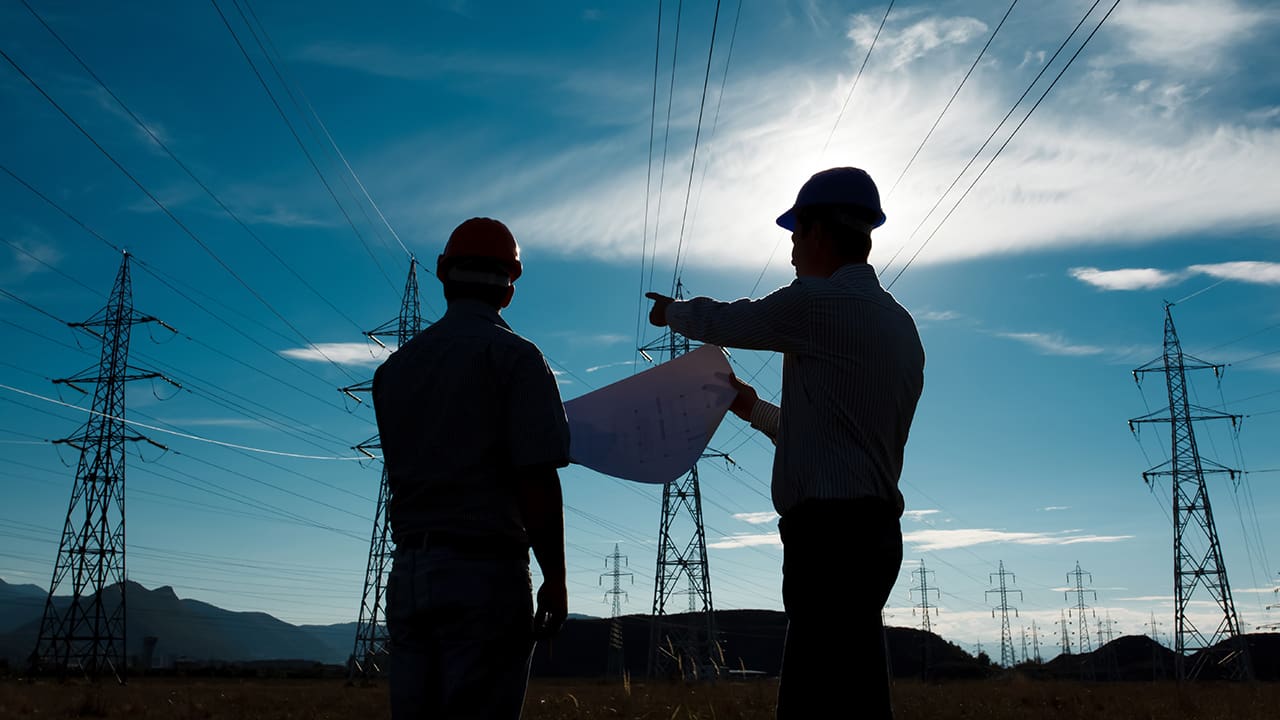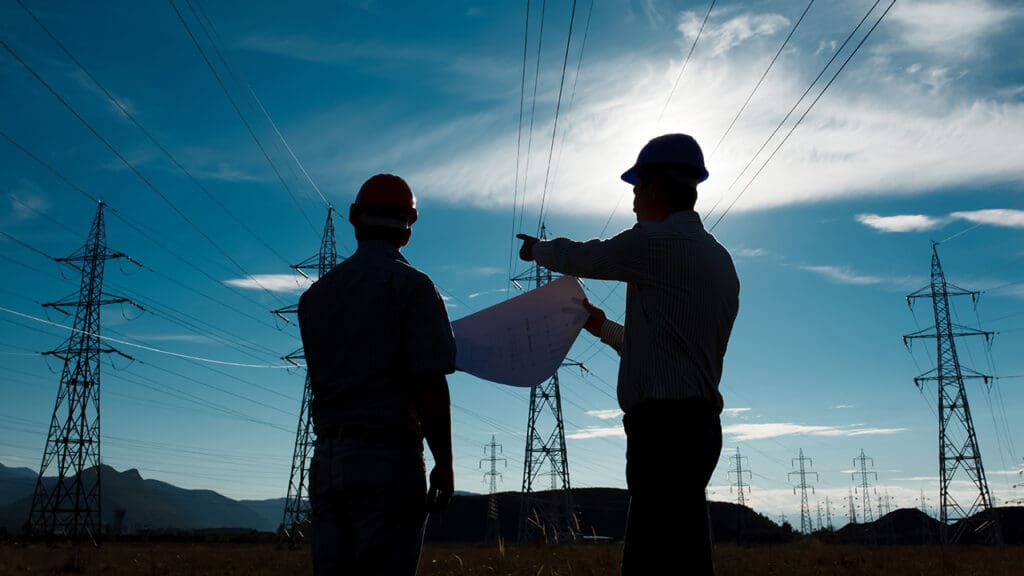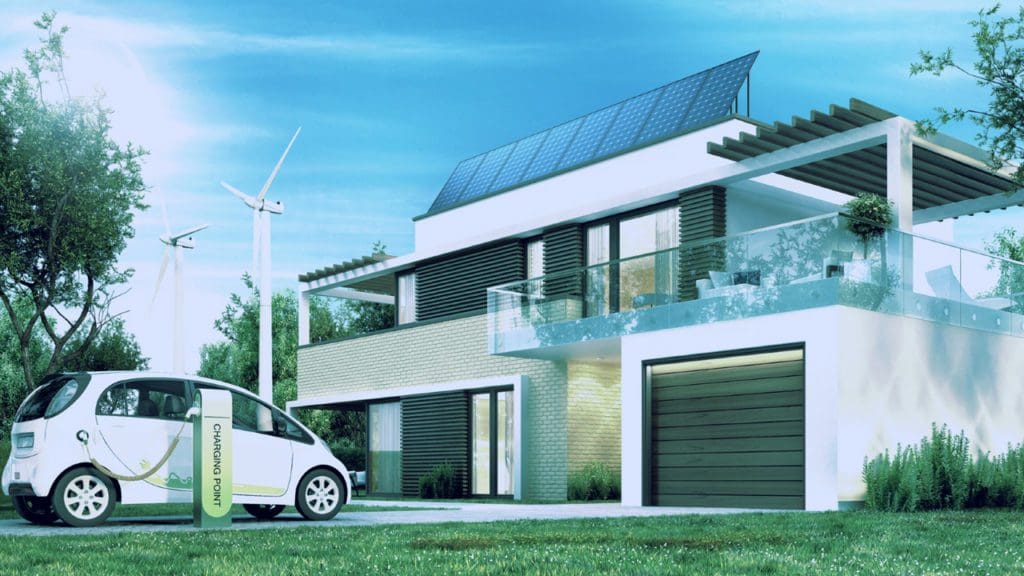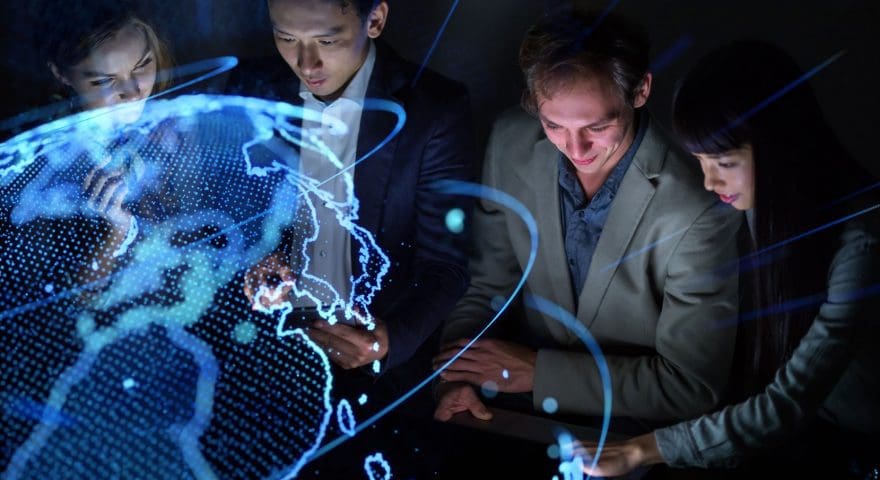In 2025, the world’s growing need for electricity is driving many changes in how we generate, transmit, distribute, and use energy. Against this backdrop, four major trends are poised to impact the energy sector in the coming year and beyond.
We expect significant developments and advancements to be seen in nuclear energy including Small Modular Reactors (SMRs), power systems distributing energy to electrified infrastructure, the energy-water nexus, and resilient power systems.
Reemergence of Nuclear Power
Small modular reactors are becoming an alternative to traditional nuclear power plants. The reactors, which typically can produce up to 300 megawatts (MW) of electricity, are the focus of much interest worldwide.
There are a host of benefits with SMRs. They are reliable, carbon-free energy sources and tend to be safer than traditional nuclear reactors in terms of theoretical failure modes. If they lose power off site, the reactors become inert and there is no radiation leakage.
Built in factories, they are also less expensive than traditional nuclear plants, can be built much faster, and don’t require as much physical space. As modular units, they offer the flexibility to be deployed as needed to meet incremental increases in power demand. SMRs are increasingly being considered by technology companies as an energy source for their large, power-hungry data centers.
Multiple announcements in the nuclear power sector were made in the fall of 2024. For example, Dominion Energy and X-energy are involved in the development of SMRs under a partnership with Amazon. Google announced that they are working with Kairos Power (another SMR company) and have a contract in place to deliver a reactor in a few years. And Microsoft signed a deal with Constellation Energy to restart the undamaged reactor at Three Mile Island to power Microsoft’s data centers.
Power Systems for Electrified Infrastructure
There are growing efforts in the industry to electrify infrastructure such as seaports, vehicle charging plazas, and the large data centers being built for AI processing in order to decrease reliance on loud, carbon-emitting generators.
The most intensive efforts are happening in the European Union due to a directive stating that all ships coming to port must connect to shore-based electrical power after 2030, a practice called “cold ironing.” Officials say this reduces emissions from ships in port, which traditionally run their emergency generators, often powered by diesel or heavy fuel oil.
As a result, ports are integrating wind, solar, and energy storage as sources of power. Power system operators are also significantly upgrading the power distribution capacity of the ports, employing a lot of innovative technologies to integrate these power sources and increase electrical capacity. For example, the Port of Seattle in the United States had to significantly upgrade the capacity of its substations due to increased load from electric boats, water taxis, and ships.
Given that the power loads constantly change with the ebbs and flows of port activity, another key goal is to have these systems be more interactive and flexible, so that during periods of high demand, for example, electricity can be drawn from a port’s energy storage devices. Another challenge is electrifying not just from the port to the ship, but from the power grid to the port. There has been a lot of discussion of whether there needs to be so-called “port distribution networks” to deliver that power from the grid.
The regulatory requirements that are driving port electrification are based on an evolving set of technical standards. For example, a Joint Technical Committee of the IEEE Standards Association (IEEE SA) and the International Electrotechnical Commission (IEC) has published a number of standards that are now foundational to many regulations involving port electrification. One example is the IEEE/IEC 80005 series, which details the requirements for utility connections and operation, as well as vessel electrification.
The Energy-Water Nexus
There is an emerging need to better understand and manage the not-always-obvious relationship between energy production and finite water resources. The largest category for water consumption worldwide is electric power generation, while the largest demand category for electricity is water extraction, purification, and distribution.
To address this issue, IEEE SA started the Energy and Water Nexus Industry Connections Program that develops a community of interest in different technology areas and those are established hydrogen, nuclear, energy/water and others. The goal is to get the voice of the industry involved in shaping standards.
There has been some data recently published by the U.S. Department of Energy that shows at the county and state level what water consumption is related to energy production and what the energy consumption is related to water extraction and use. The findings highlight the regional differences in the interdependence of electric power and water. Solutions are different depending on where users are in the United States.
IEEE SA is also tracking hydrogen issues through Industry Connections projects and in conjunction with the Hydrogen Fuel Cell Energy Association. That group tracks a lot of standards developments with the infrastructure that relates to hydrogen. Interestingly, if a home generator switches to hydrogen power, the piping used for natural gas would not work for hydrogen. That is because the molecules are so small that leaks could occur, so a new set of distribution infrastructure requirements may be needed. In response, a lot of work is being done by standards-making organizations such as ASME to upgrade the infrastructure to handle hydrogen as a source.
Building More Resilient Power Systems
A growing focus in the industry is on how to build more resiliency into the power systems, which support modern society in light of shifts away from centralized power plants towards a more decentralized model with more complexities. Current emphasis is on improving the ability to protect against and recover from any event that would significantly impact the grid.
One area of focus has been placed on advancing standards related to energy storage systems at a system level. In the past, there have been many standards related to battery technology and how to apply it. But in the last three or four years, IEEE 1547.9™—which is a guide for energy storage systems—and IEEE 2686™ and P2688™—which are recommended practice for energy management systems using a battery—have been implemented. The emphasis is now on the system and how a system reacts to unplanned events.
Additionally, IEEE SA is collaborating with Electric Power Research Institute on EPRI’s Climate READi Program. That effort involves developing a platform for predicting the effects of climate events on the electric power system. Examples include extreme winds and temperatures that impact the electric power system and may over time change the specifications for equipment in certain areas.
Another technology getting a lot of attention is grid-forming inverters, which use the frequency on the electric power grid as a reference to produce their current. The grid-forming inverters are then able to operate on their own. This is proving to be an exciting development because it can be used to directly control voltage and frequency on some of the high-voltage systems.
There are attractive applications for using the inverters for distributed remote applications. For instance, the village of St. Mary’s on the western coast of Alaska is powered by three diesel generators as there are no transmission or distribution networks feeding them.
To develop a solution, the village ended up incorporating a grid-forming inverter with an energy storage device that operates as the base energy source at nighttime when there is no load. In effect, the diesel generators do not need to run all the time, and this can result in up to 60 percent reduction in fuel consumption and emissions from the diesel generators.
On balance, these four trends are likely to gain a foothold in 2025 and beyond as organizations and associations seek efficient and advanced energy applications that will lead to a more sustainable future.
Get Engaged with IEEE SA
Participants in IEEE SA’s standards-related activities not only have the opportunity to shape the future of the energy industry, they also have many options to advance their careers through active learning and by working with like-minded individuals from industry, academia, and government.
Learn More About IEEE SA’s Work in Energy and Sustainability and How You Can Get Involved
Author: Mark Siira – Chair of the IEEE Standards Committee 21 (SC21) for Distributed Generation, Energy Storage and Interoperability









